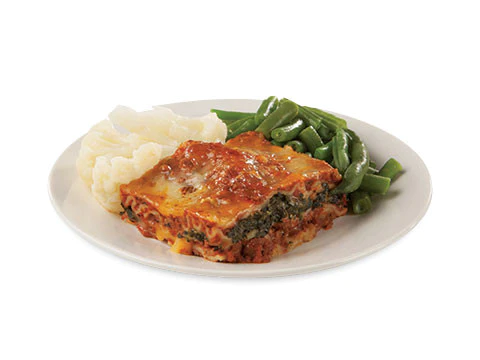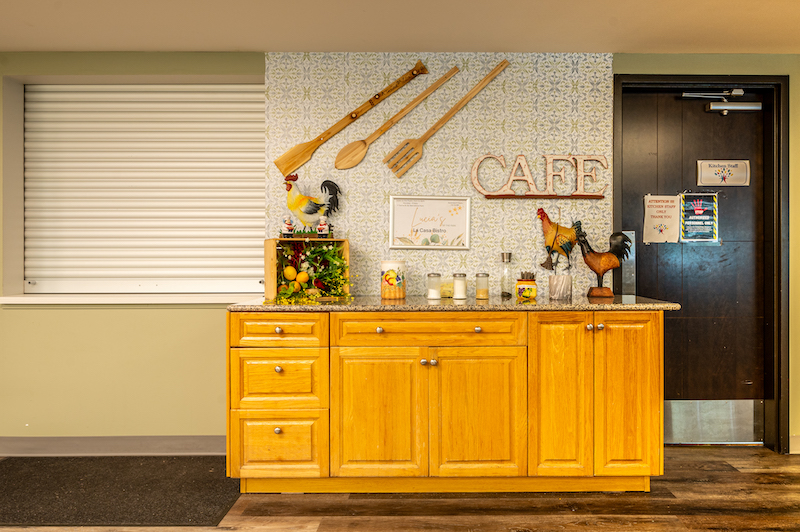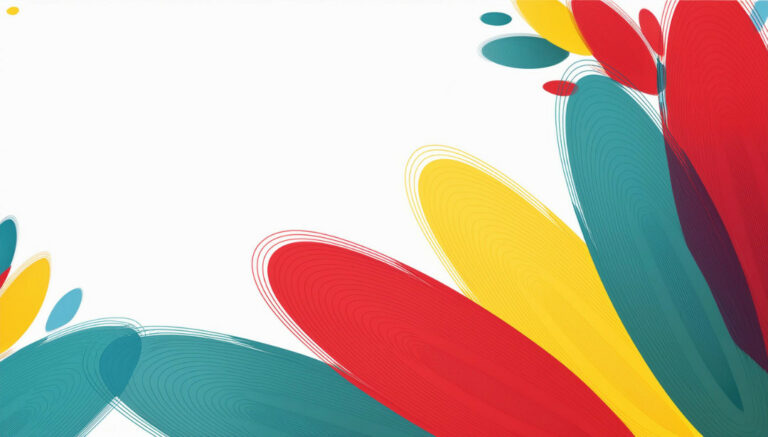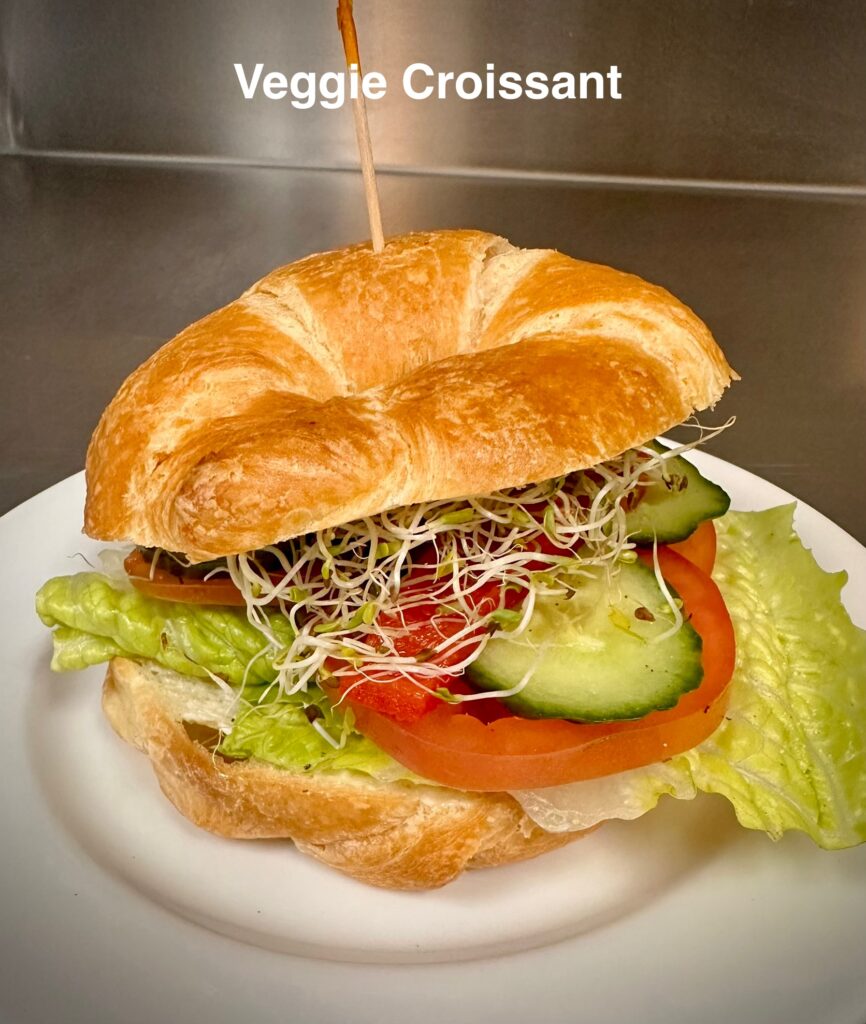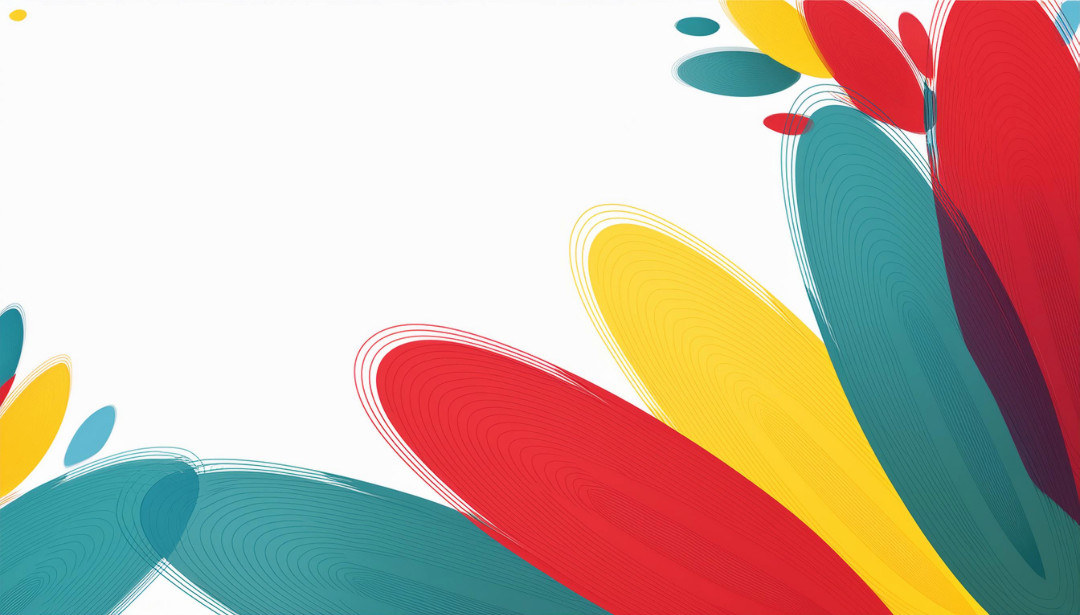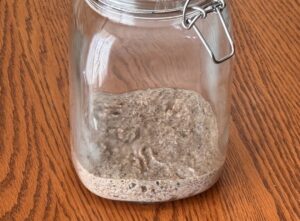Blog
Remember and Think
I am fortunate that I can’t remember the second World War. I was born several years after. But I can think.
A few years ago, my wife and I took a river cruise from Paris to Rouen, France. Driving this distance would have taken us 2.5 hours. The voyage lasted a week. You can do the math and realize we spent a lot of time on land seeing the sights.
This adventure had a day bus tour from Rouen to Juno Beach, where Canadians landed on D-Day. A Total of 340 Canadians were killed, 574 wounded and 47 captured for a total of 961. Canada’s population was 12 million. With today’s population, the equivalent would be about 3,000. Think. That’s every man, woman and child in a community about the size of Jasper, Alberta.
Juno Beach very gradually emerges from the water over 100 meters of open-flat-no-place-to-hide terrain. Ahead were German bunkers of thick concrete firing down on the Canadians. Remember, there was nothing pre-ordained that the Canadian soldiers would be victorious. Each man was prepared to give his life for the greater good
And for the man beside him.
Being there, standing on the very famous Juno Beach, I was overwhelmed by the enormity of the mission. These brave young men scrambled across the beach, through obstacles such as rows of barbed wire. I cried. I was grateful for their sacrifice and for my personal circumstances that supported me to be there, standing on the sand of Juno Beach.
Later on the same bus trip, we stopped at a cemetery filled with white headstones – all for Canadian soldiers. As we exited the bus, we were each given a rose. We found a solder with the same last name as my wife. We laid the rose and reflected on this soldier’s sacrifice.
The bus ride back to the ship was very quiet.
The last anecdote from this bus trip was a stop at Pegasus Bridge, just a short 17-minute drive north of Caen, France. This Bridge, called Benouville Bridge initially, was a strategic crossing of the Caen Canal. The British paratroopers tasked with taking and holding the Bridge wore a shoulder emblem of a flying horse – a Pegasus. The Bridge was renamed in their honour after the war.
The whole Bridge has been moved about 100 meters inland to make room for a much wider bridge. The Pegasus Bridge is now part of a museum honouring its history.
Think about it. These paratroopers were sitting, about 24 to a plane – a glider plane. They were pulled from England to high above the Bridge then let loose to glide silently down to land as best they could in the fields around the Bridge. The men inside had to lift their legs up as the plane ground through the dirt fields, ripping away much of the thin fabric skin of the plane.
They surprised the Germans and took the Bridge, holding it until reinforcements could arrive. I actually put my finger in the bullet holes and indentation made during the fight for this Bridge.
Please, remember and think. As seniors and older adults, we can help the younger folks in our lives to appreciate what gifts these brave soldiers have given us.
For further links to exciting little unknown facts, books, movies and video games that youngsters might enjoy going to;
https://en.wikipedia.org/wiki/Juno_Beach
Featured Image: The medal is from a relative who fount at Vimy Ridge
My thanks to St. Albert Seniors Association: 780-459-0433 for making this Blog possible.
Glenn Walmsley
Volunteer
TheBlog@StAlbertSeniors.ca



